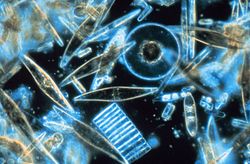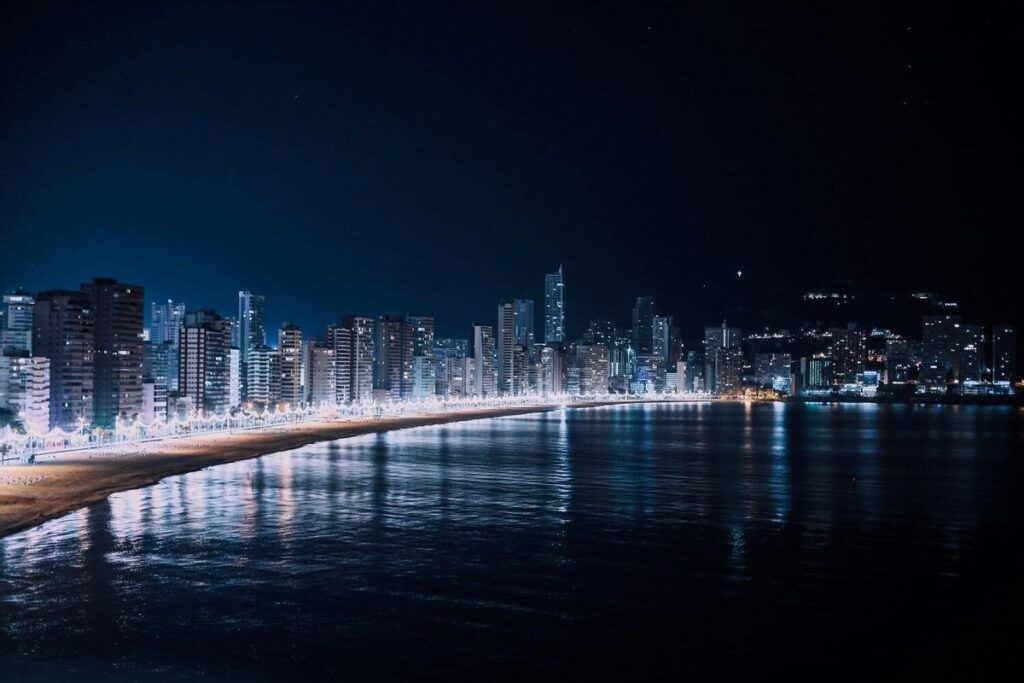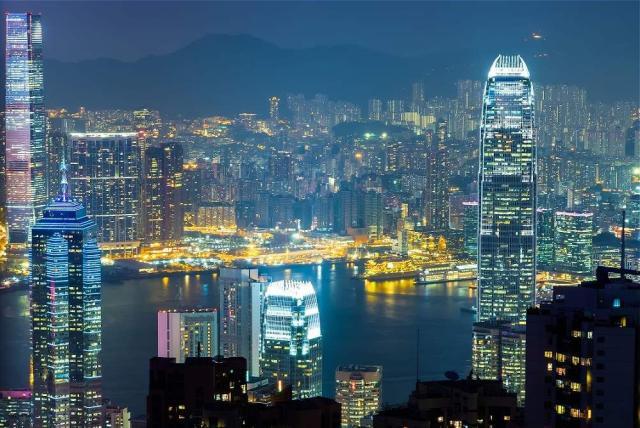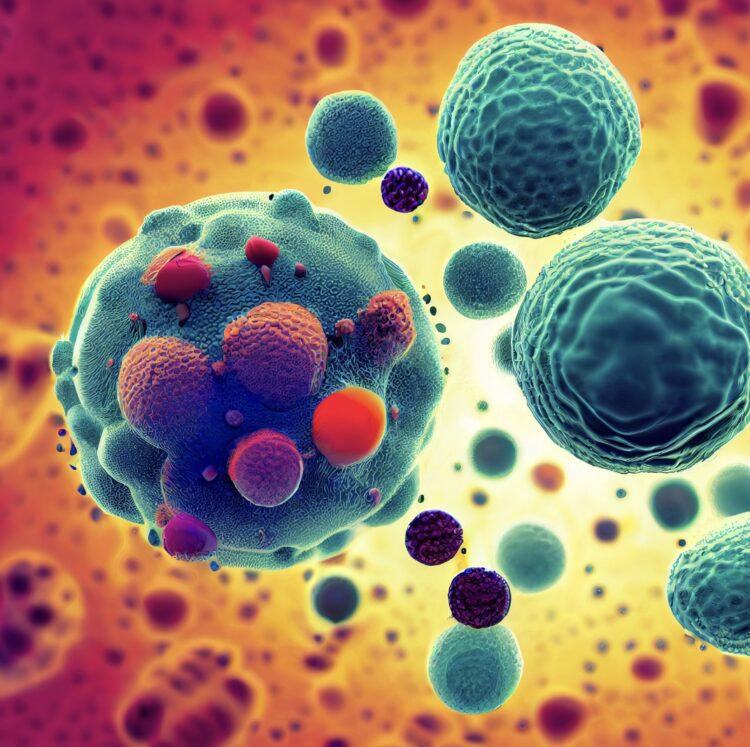Light pollution is a phenomenon that astonishingly and often underestimated affects our planet. The excessive emission of artificial light at night disrupts not only our immediate environment but also Earth’s most delicate ecosystems. One of the most notable examples of this impact is phytoplankton, microorganisms that play an essential role in the food chain and ecological balance of the oceans.
Phytoplankton is a group of photosynthetic microorganisms that float in oceans, lakes, and rivers worldwide. Despite their microscopic size, phytoplankton is a crucial cornerstone of aquatic ecosystems and has a direct impact on the atmosphere and life on Earth. In fact, it is considered the planet’s true lungs, generating at least half of the oxygen we breathe.

Phytoplankton is sensitive to natural light and dark cycles. Thus, while light pollution is often associated with interference in astronomical observation and human health issues, its impact on the marine world is equally concerning. Light pollution can significantly disrupt these cycles by flooding the oceans with artificial light at night. This would alter phytoplankton’s ability to produce oxygen and sequester large amounts of carbon dioxide, ultimately affecting life on Earth.

To address this issue, it is essential to take measures to reduce unnecessary artificial light emission at night, such as implementing more efficient lighting and regulating advertising and roadway lighting. By doing so, we can preserve the balance of aquatic ecosystems, protect marine biodiversity, and ensure a healthier planet for future generations.











